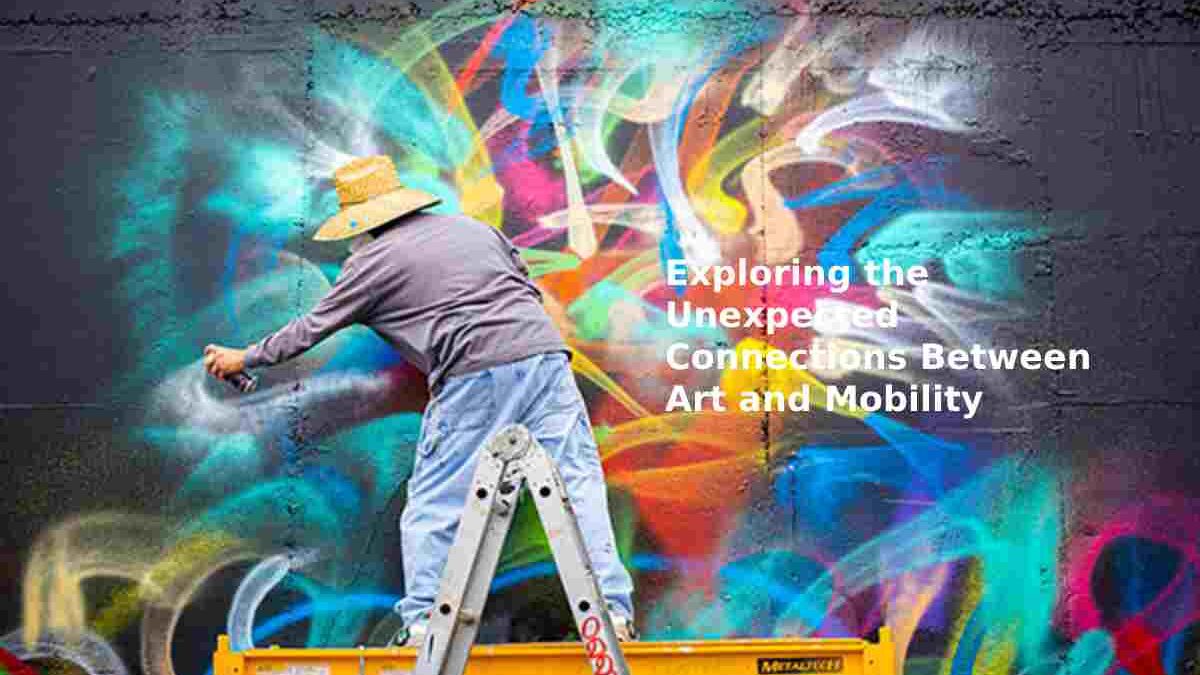Art and mobility might seem like two separate worlds, but when you dive deeper, you’ll find intriguing connections that influence culture, technology, and even personal freedom. Whether it’s the way an artist moves through space to create, or how mobility devices inspire new forms of artistic expression, the overlap is rich and fascinating. This blog explores these unexpected links and how they shape our everyday experiences.
Table of Contents
The Movement Within Art
At its core, art is about movement, whether physical or conceptual. Dancers and performance artists literally use their bodies to express ideas, emotions, and stories. Paintings and sculptures capture moments in motion or suggest fluidity through lines and shapes. Even static art often carries a sense of rhythm or flow that guides the viewer’s eye across the canvas or installation.
Artists often consider the physical act of moving through space as part of their creative process. Some create site-specific works that change meaning depending on the viewer’s mobility or vantage point. Others incorporate kinetic elements that rely on real movement, wind, motors, or human interaction, to bring their pieces to life. This shows that mobility is not just about transportation; it’s a vital part of how art is experienced and understood.
Mobility as a Medium for Expression
Mobility itself has become a medium for art. From graffiti on the sides of buses to street performances in bustling transit hubs, artists use movement and transport as canvases and stages. Even motorcycles, cars, and bicycles have been transformed into moving sculptures or decorated with vibrant designs that reflect cultural identity and personal expression.
In urban environments, the way people move through the city can inspire artistic projects that explore themes of freedom, constraint, or community. Artists sometimes collaborate with engineers or designers to create interactive installations that respond to human motion, making mobility an integral part of the artwork.
How Mobility Challenges Influence Artistic Innovation
For people with disabilities or those who rely on mobility aids, art can become a powerful way to challenge perceptions and advocate for accessibility. Artists who navigate the world with wheelchairs, prosthetics, or other devices often bring unique perspectives that push the boundaries of traditional art forms. Their work can highlight mobility issues while also celebrating resilience and creativity.
At the same time, innovations in mobility technology, like electric scooters, adaptive bikes, or advanced prosthetics, can inspire new artistic techniques or tools. For example, an artist might use a motorized wheelchair as a drawing tool, allowing them to create patterns and shapes that would be impossible by hand. This fusion of mobility and creativity opens exciting new paths for artistic exploration.
The Practical Side: Moving Art and Mobility Equipment
Behind the scenes, the connection between art and mobility also involves practical challenges like transporting valuable artworks and mobility equipment safely and efficiently. Specialized services, including motorcycle transporters in Bristol, play a crucial role in making sure that both art pieces and vehicles reach their destinations without damage. This logistical side highlights how mobility infrastructure supports the art world, enabling exhibitions, installations, and performances to happen smoothly.
The need for reliable transport solutions is especially important for artists who travel frequently or participate in shows across different cities. Knowing there are trusted professionals handling the careful delivery of their equipment, instruments, or even motorcycles gives them peace of mind to focus on their creative work.
Mobility and Art as a Shared Journey
Ultimately, both art and mobility are about journeys, literal or metaphorical. Art takes us on emotional and intellectual journeys, inviting us to explore new perspectives and ideas. Mobility gives us the freedom to navigate physical spaces and connect with different communities.
When combined, they enrich each other in unexpected ways. Art can deepen our appreciation of movement, while mobility can expand the possibilities for artistic expression. Whether it’s through a public art installation that responds to pedestrian flow or a motorcycle customized to reflect its rider’s identity, the relationship between art and mobility continues to evolve.
Exploring these connections helps us see familiar concepts in fresh ways. Next time you encounter a piece of art or hop on a motorcycle, consider the dynamic relationship between creativity and movement; it might surprise you how intertwined they are.

